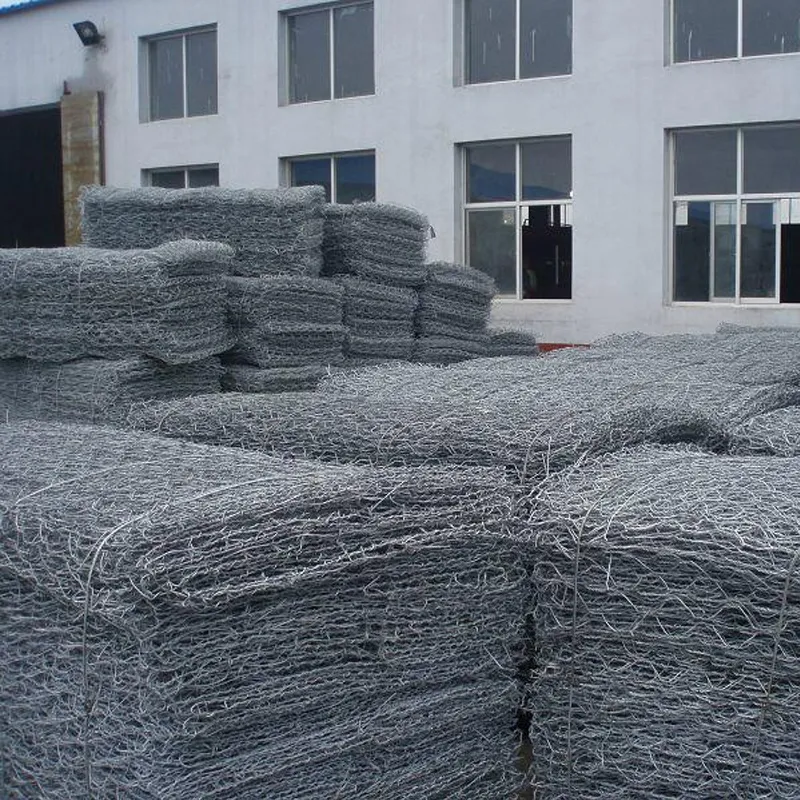sep . 05, 2024 03:57 Back to list
Durable Iron Nails - High-Quality Fasteners for Every Project
The Iron Nail An Unassuming Yet Crucial Tool in Everyday Life
Though small and often overlooked, the iron nail is a fundamental component in construction, woodworking, and countless DIY projects. Made primarily of iron or a steel alloy, these simple devices have contributed significantly to the development of infrastructure and craftsmanship throughout history. Their utility transcends mere fastening; they embody the blend of ancient techniques and modern applications.
A Brief History
The history of nails dates back thousands of years to ancient civilizations. The earliest known nails were made from bronze and used in ancient Egypt, but it was the advent of iron during the Iron Age that revolutionized their production and use. Iron nails became widely available, thanks to advancements in metallurgy and the increasing availability of iron ore. As societies progressed, so did the techniques employed in making nails, moving from hand-forged to mass production methods during the Industrial Revolution.
Today, the modern iron nail remains largely unchanged in design but benefits from technological innovations such as galvanization, which prevents rust and increases longevity. This adaptation is crucial since corrosion has historically been one of iron's major weaknesses.
Types of Iron Nails
Iron nails come in various types, each tailored for specific applications. Common varieties include common nails, finish nails, and roofing nails. Common nails are the workhorses of construction, versatile and readily used for framing and general carpentry. Finish nails, being thinner and with smaller heads, are perfect for trim work, as they can be driven into the wood and concealed for a seamless appearance. Roofing nails feature a larger head to secure shingles and other roofing materials firmly in place.
iron nail

Importance in Construction and Craftsmanship
The role of nails extends far beyond simple fastening; they contribute to the structural integrity of buildings, furniture, and countless everyday items. The load-bearing ability of a structure is often dictated by the quality and type of nails used in its assembly. In woodworking, nails are crucial in attaching pieces together, allowing artisans to create everything from chairs to intricate cabinetry. Harmonizing aesthetics with functionality, nails not only hold objects in place but also can serve as decorative elements in the right context.
Environmental Considerations
In recent years, there has been a growing awareness of environmental issues associated with iron production and its carbon footprint. As a result, many manufacturers are exploring more sustainable methods of production, including recycling scrap metal. Eco-friendly galvanized nails also offer protection against rust while being less harmful to the environment, making them an attractive alternative for conscious builders and crafters.
Conclusion
The iron nail may seem insignificant in the grand scheme of construction and design, yet its impact is profoundly felt in our daily lives. This humble tool has withstood the test of time, continually adapting to meet the evolving needs of society. As we build and create, we should recognize and appreciate the importance of the iron nail—not just as a means to an end, but as a vital ally in our pursuit of durable and beautiful creations. Whether hidden from sight or visibly showcasing their utility, iron nails play a leading role in the art and science of building, reminding us that even the smallest components can have a significant impact.
-
Weather Resistance Properties of Quality Roofing Nails
NewsAug.01,2025
-
How Galvanised Iron Mesh Resists Corrosion in Harsh Environments
NewsAug.01,2025
-
Creative Landscaping Uses for PVC Coated Wire Mesh Panels
NewsAug.01,2025
-
Common Wire Nail Dimensions and Their Specific Applications
NewsAug.01,2025
-
Choosing the Right Welded Wire Sheets for Agricultural Fencing
NewsAug.01,2025
-
Anti - Climbing Features of Razor Wire Barriers
NewsAug.01,2025









